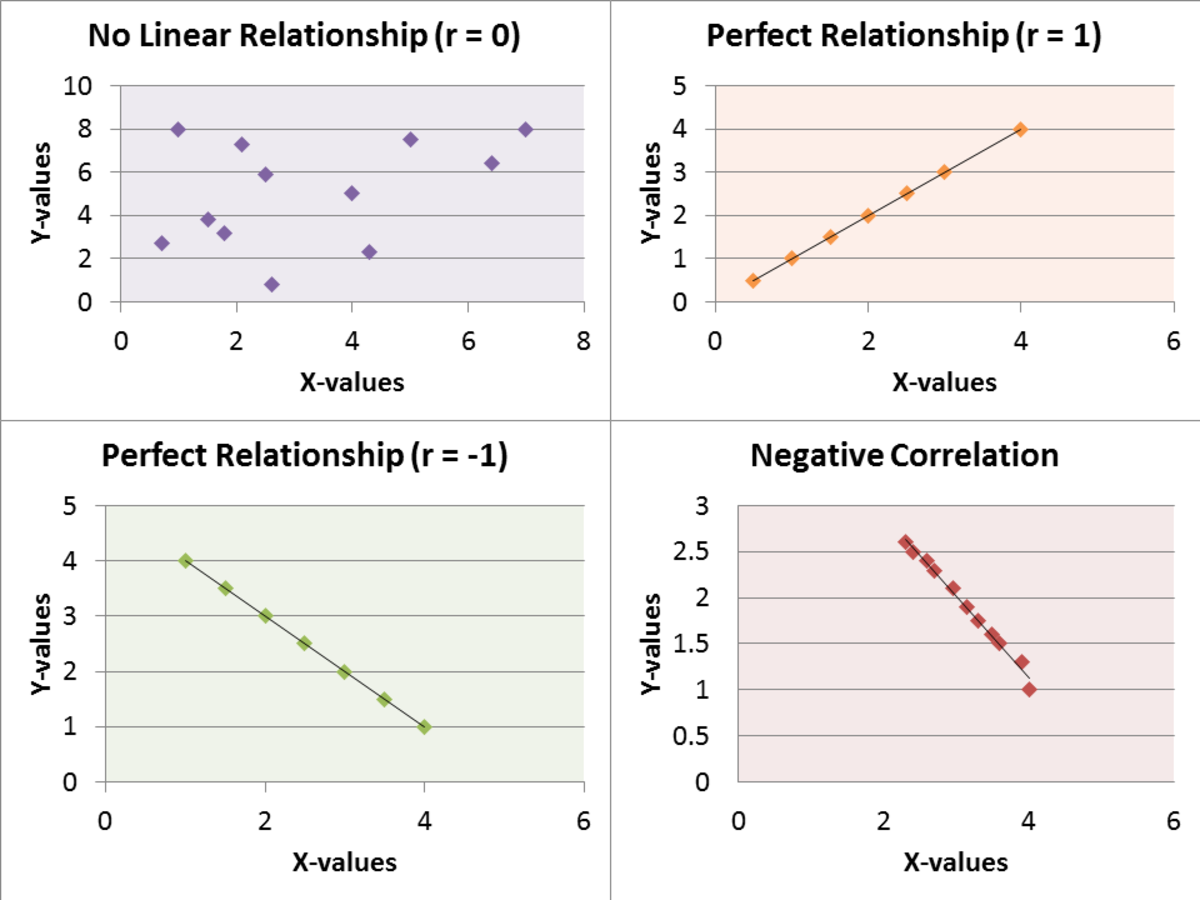Role of statistics in finding the truth
Understanding the role of statistics in research and other fields

Introduction
Real life experiences have a lot to do with statistics. In almost everything human beings take part in, an element of statistics cannot be taken for granted. It’s a diverse discipline that affects every decision to accomplish something. Most economic, political, social, medical, genetic, psychological and biological decisions cannot be made without integration of statistical techniques. With statistics, you get to play and maneuver in everyone’s backyard. Therefore, statistics is a science of learning from a collection, analysis, interpretation, and presentation of data in an organized manner. As human beings, we constantly keep making hypothesis, predictions and finally testing and analyzing them. Statistics, therefore, holds to be an integral part of human life.
Importance of statistics according to Stephen Jay Gould
Narrowing to the suggested articles authored by Stephen Jay Gould, statistics is used as a parameter to explain the relationship between survival chances among cancer patients. Many people and physicians believe in the statistical tests of evidence when they do not have a clear understanding of the fate or future of some chronic ailments like cancer. Based on the experience of patients with a similar condition, medics tend to play around with numbers and come up with probabilities of survival. Statisticians have different measures of central tendency that they use to stretch the truth using numbers. Commonly used measures are the mean and the median. These, however, are not good parameters for determining the survival chances of patients.
Considerations in Statistics
Statistics is skewed either to the left or to the right; the accuracy of the statistical test can be validated if a clear picture of the condition is obtained. For instance, it’s possible to verify if the statistical curves are a true picture of your prognosis if the same type and stage of cancer is tested and that all other factors are similar. Medians and means are only abstractions and an imperfect measure of evidence. Variations stand to be natural and irreducible truth and only its distribution can project the fate of a patient. This essay tries to criticize the truthiness of statistical measures adopted by physicians while attending patients. The context in the two articles tries to merge and develop a vivid picture of the gap between the statistical measures of patient’s survival. With statistics, confidentiality is compromised because survival chances of a patient ought to remain confidential but statistics exposes it to all. Competence is also in compromise because physicians are expected to give a clear prognosis rather than an estimate of probabilities.
Difference between college writing and high school writing
1. Writing in High Schools
Writing in high schools differs slightly with writing in college. However, some students manage a smooth writing transition from high schools to college. Some students do not manage, and they get frustrated and puzzled by the experiences of writing in college classes. Their instructors get dissatisfied with questionable writings. In college, the writing may be mechanically unsound or inaccurate based on the subject or context of writing. The difference in college writing from that in high schools is that the instructor requires something different. The difference means devotion of skills and intelligence to new tasks.
2. Writing in Colleges
In college, writing is paramount to fulfill various tasks. Therefore, success is not just being intelligent and skillful in assignments but the sense of understanding the task matters a lot too. College writing will try to navigate through different personalities and abilities. For instance, you may be required to react and analyze a reading giving a reason for or against it in writing. In college, an argument is not a dispute but a statement coherently arranged to depict a claim, evidence, limits, and objections. This approach to arguments has a good relationship with statistics as a tool of evidence. Statistics requires a claim, evidence and reasons for the claim, limits, and objections to a claim. This is in line with college writing as instructors are not only interested in the claims made by the students but interested in the reasons, limits, and, answers to the claims.
Conclusion
The basis of all this is not to train everybody to be a professional scholar, but to permit students to do research in respective professions, make decisions and explain the decisions to stakeholders.






